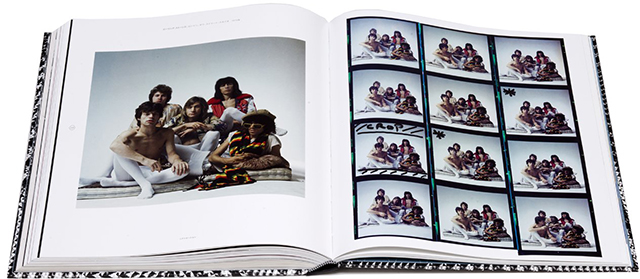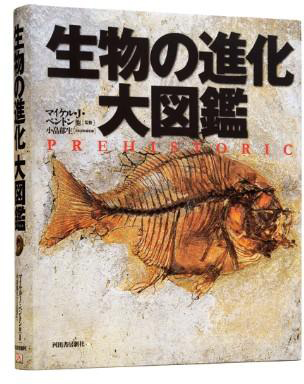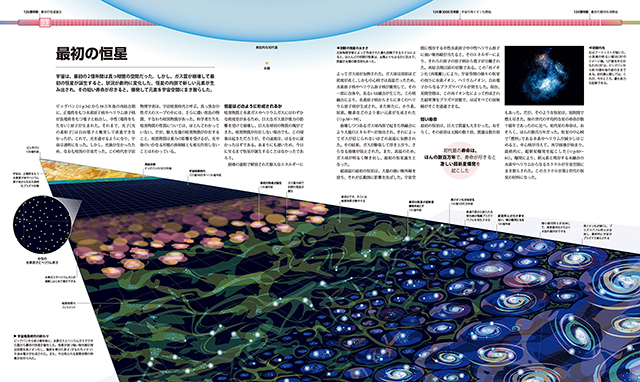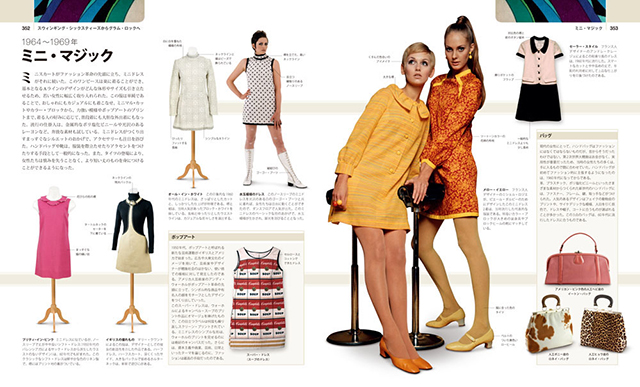Services > Episode 2
Episode 2What are “Co-pros”?: Translating Large-format Visual Reference Books
Office Miyazaki engages in many book translation projects known as “co-pros.” An abbreviation of “co-production,” the term has been used in the publishing industry around the world for quite a while.

First Encounter With Co-pros
Office Miyazaki’s first involvement with co-pro projects was long ago when we translated a series of travel guides from Gallimard in France under the title Boenkyo. As we were only involved in translating the text from French to Japanese, we had no means of knowing then what co-pros were all about. Later, when we saw the bundles of film that filled a giant wooden crate that showed up at our little office one day as the result of some mix-up, we realized what was going on. We had transferred the Japanese text to film and sent it to the publisher of the original work, which had then combined text gathered from a number of countries with the film for the book’s color illustrations and sent it for printing.

Translating Prehistoric: The Definitive Visual Guide
One day nearly twenty years later, publisher Kawade Shobo Shinsha approached us about a project that seemed “a perfect fit for Office Miyazaki, since you’re so good at collaborations.” Someone in the office misunderstood the book to be an “illustrated book of dinosaurs” and I could hear someone on the other end snap that it wasn’t some book for kids but a highly technical book to be read with a specialist’s eye. (We meant no disrespect to the dinosaurs!)
The text was translated from scratch by Office Miayazaki’s partner translators, supervised by the late, great paleontologist Ikuo Obata, edited by veteran editor Satoko Yanagishima, and laid out by the amazing InDesign master Ichie Sekigawa. We sent the text data off to DK Publishing in the UK and then, right about the time we’d forgotten all about it, it came back to us in the form of an impressive book beautifully illustrated in full color. This was Office Miyazaki’s first co-pro project. I’m grateful to Kawade for its bravery in entrusting such a big job to an unknown quantity like Office Miyazaki!
Even though Office Miyazaki was known as a place with talented translators, we also had talented editors and talented DTP operators. Since then we’ve had the opportunity to do more than ten additional co-pros—the Japanese versions of Evolution: The Human Story, Violent Earth, Fashion: The Ultimate Book of Costume and Style, The Planets: The Definitive Guide to Our Solar System, The Aircraft Book, Knowledge Encyclopedia, Hipgnosis Portraits, Picturepedia, Motown: The Sound of Young America, Medicine: The Definitive Illustrated History, and Big History—and perhaps there will be more to come.

Translating Co-pros
Most of the co-pro projects Office Miyazaki has handled have been large illustrated reference books with huge amounts of text to be translated. Among recent titles, for example, Picturepedia ran to 180,000 words and Big History to 150,000. These would be enormous projects for an individual translator to handle, and take a lot of time. Therefore, in order to meet the schedule provided by the publisher, there are typically undertaken as co-translations by multiple parties.
Office Miyazaki’s work begins with the selection of translators. For Big History, for example, translating the chapter on the Big Bang requires a grounding in physics while the chapters on the history of man in the book’s second half require knowledge of world history. Each translator has different strengths, so we work to match the right chapters with the right translators. When the translation manuscripts begin to arrive, we check them at Office Miyazaki and also turn them over to dedicated checkers who compare the translations against the originals word by word and check how naturally they read in Japanese. This is an iterative process that leads to more polished translations.

Laying Things Out to Match the Original
The above describes the process of producing the text, but the heart of a co-pro project is the layout work of DTP: leaving the design of the original unchanged while replacing the English text of the original with Japanese text for the Japanese version. The design of the original is fixed, and it takes a lot of effort to achieve the same layout with Japanese text. When turning English into Japanese, the volume of text inevitably increases. Our DTP designer provides feedback about how many characters need to be dropped from the translation to fit the original design, and then we compare the translation to the source text and rack our brains about what to take away to get the translation to fit. Sometimes changing the phrasing of the Japanese does the trick, and sometimes there is no way to make the text fit without taking information away, but deciding what to cut is always a challenge. The Japanese is gradually finalized through a great deal of back and forth among translator, checker, and DTP operator.
People have been talking about the demise of paper books for a while, but I have to think there will always be a special pleasure in opening a thick, heavy, illustrated book.


